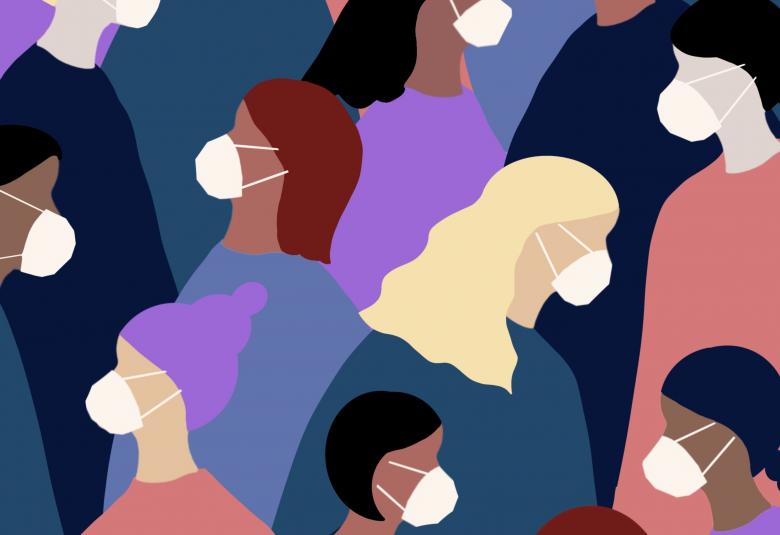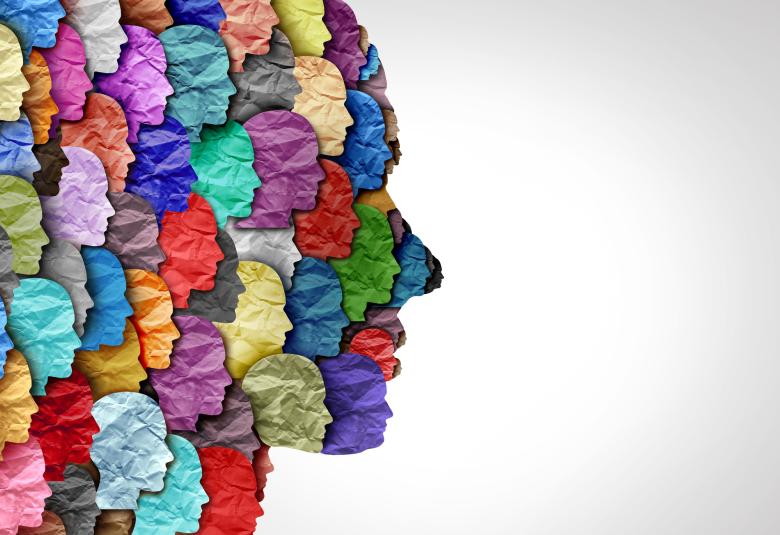My pick of today’s poster presentations in Mood Disorders and Treatment describe a neat timeline, delving ever-further back into the progression of a person suffering from bipolar I disorder.
Measuring the weight
The first, Understanding the real-world cost and burden of mania: the MANACOR study1, looks at the experiences of long-diagnosed patients suffering from bipolar I disorder. These patients, with a mean duration since first diagnosis of 14.2 years, are – as one might expect – significantly disabled by both their condition and factors associated with it. For example, up to 53.3% of the study population suffers from a substance use disorder, and 27.2% were seen to suffer from mixed symptoms. Over 78% of the patients in the study were hospitalised at first assessment but the mean daily costs of this in patient care are almost three times that of outpatient care. Such a difference in cost highlights the importance of developing cost-effective strategies for preventing and managing relapses. Achieving this, it seems, would allow clinicians to more effectively use their budgets and provide a higher overall standard of care for all their patients.
Flipping the switch
One step further back in the treatment journey and we reach the joint poster from the University of Chiba and University of Bologna, Predictors for manic switch at depressive episodes in bipolar disorder: the Systematic Treatment Enhancement Program for Bipolar Disorder2. This study focuses on bipolar mania patients in a dynamic stage of their disease and examined a range of characteristics, from childhood night terrors to amphetamine use. After adjustment for covariates, the authors concluded that the principal predictors for switch were possible mood elevation, multiple mania-associated symptoms of moderate severity and comorbid panic attacks. The study also noted an increased risk with certain antidepressant treatments.
The early signs
Confirmation of clear indicators such as those for potential complications of bipolar I disorder is obviously of great value to those attempting to manage the condition. However, my pick, and the final poster of the day, aims to go right to the start of the condition, allowing diagnosis of bipolarity from the first depressive episode. A model to predict bipolarity from the first depressive episode3, from St. Naum University Hospital investigated a population divided Patients were surveyed with MINI, BISS and STAI questionnaires to identify distinguishing characteristics between the two groups using regression analysis.
The authors identified five key factors: age of onset before 25 years; evening brightening; single manic symptoms; lack of concentration and somatic anxiety.
Of these, the first four, when observed at first depressive episode, were associated with a greater probability of later bipolar disorder, while somatic anxiety indicated a greater likelihood of unipolar depression in later life. Together the factors combine to form a model with a positive predictive value of 87.8% and a negative predictive value of 78.8% – an impressive degree of resolution in this correspondent’s view.
Author Petra Marinova expressed her pleasure at the results but also counselled caution. “It looks nice but it’s just speculation at the moment” said Ms Marinova, highlighting the post-hoc basis of the initial findings. “The next stage will be longitudinal testing in new patients experiencing their first depressive episode and following them to see how the model stands up in five years, ten years.” I, for one, look forward to seeing more.
Continue the conversation on Twitter #ECNP2014
Our correspondent’s highlights from the symposium are meant as a fair representation of the scientific content presented. The views and opinions expressed on this page do not necessarily reflect those of Lundbeck.




